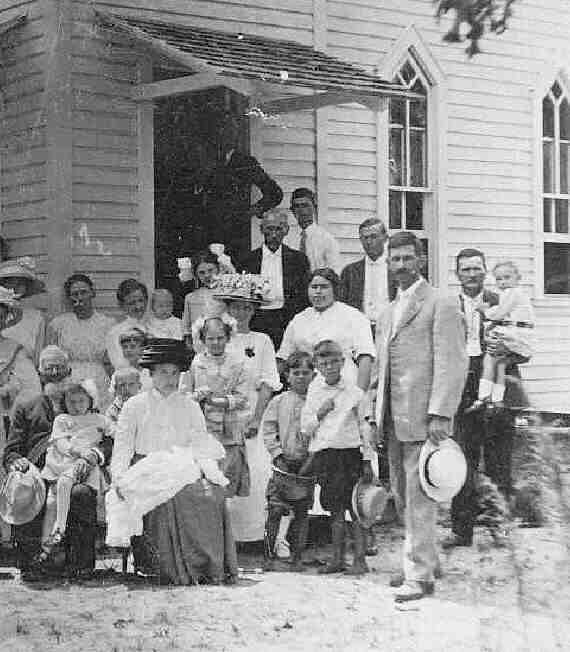
Figure 1.--Here we see the Methodist Chirch at Blanton Town, Florida in 1906. The men wear suits while the boys wear shirts and blouses, most are barefoot. |

|
Images of people attending church over time provide a fascinating look at how people dressed up. People tended to put on their best clothes to attend church. We have few images from the 19th century, but the intoduction of the Kodak Brownie (1900) and similar cameras meant that we have a weaklth of images from the 20th century. The term in the early 20th century was Sunday go to meeting clothes. Thus photographs of church goers over time provide a goos idea as to how people dressedup at time. Here it is helpful to know when the photograph was taken, where it was taken, and the religious denomination. Al these factors affected the clothing that the children wore to church. The season of course was also a factor. The religious denomination to some extent had social class connotations. Anglicans (Espiscopalians) had the most upper-class members. Fundamentalist Protestanct scets were often low-income people. The same is true of Catholic churches in the late 19th and early 20th centuries as many were new immigrants.
Plymouth Colony was The first English colony in New England. It was founded as as a strict religious community by the Puritans (1620). Church attendance as well as a range of requirements concerning public and private behavior was enforced by the community. This and subsequent colonies left a definite religiou imprint which can still be seen today. The earlier colony at Jamestown did not have religious motivations and the established English Anglican church prevailed in the Southern colonies, except in the Apalachin mountains where the Protesrantism of the Scoth-Irish prevailed.
We have no images from the 18th century. Hopefully there are some paintings or illustrations. The Great Awakening of the 18th century had a profound impact on America.
America at the beginning of the 19th century was a largely Protestant country. This only began to change when Irish immigrants began to arrive as a result of the Potato Famine (1840s). Even larger numbers of Catholics began to arrive after the Civil War with mass immigration from Europe. Many of the nationalities involved were largely Catholic (Czech, Italian, Lithuanian, Polish, Slovene, and Slovak). The religious composition of the country was further change with the arrical of large numbers of mostly Russian Jews. As a result of the recent-immigrant status of Catholics, many were low-income working class people, affecting their life styles and clothing. We have few images from the 19th century.
America by the turn-of-the 20th century was a much more religiously diverse country as the result of extensive 19th century immigration. The immigrant flow contibued wuth few restrictions untill World War I (1914-18). Americans dressed up to go to church. The term in the early 20th century was Sunday go to meeting clothes--a Protestan term. Thus photographs of church goers over time provide a goos idea as to how people dressed up at time. Here it is helpful to know when the photograph was taken, where it was taken, and the religious denomination. All these factors affected the clothing that the children wore to church. The season of course was also a factor. The religious denomination to some extent had social class connotations. Anglicans (Espiscopalians) had the most upper-class members. Fundamentalist Protestanct scets were often low-income people. The intoduction of the Kodak Brownie (1900) and similar cameras meant that we have a wealth of images from the 20th century.
Navigate the Boys' Historical Clothing Web Site:
[Return to theMain U.S. religion page]
[Introduction]
[Activities]
[Biographies]
[Chronology]
[Clothing styles]
[Countries]
[Bibliographies]
[Contributions]
[FAQs]
[Glossary]
[Images]
[Links]
[Registration]
[Tools]
[Boys' Clothing Home]
